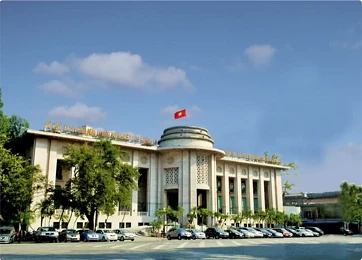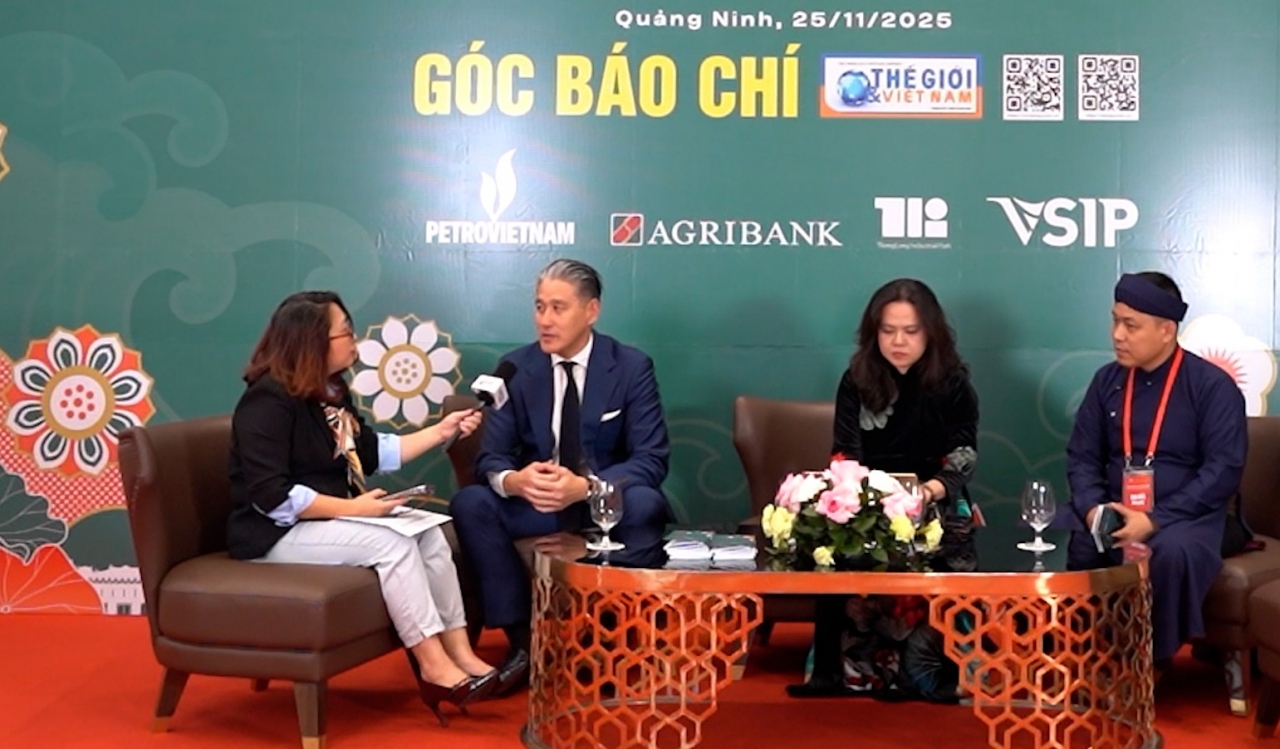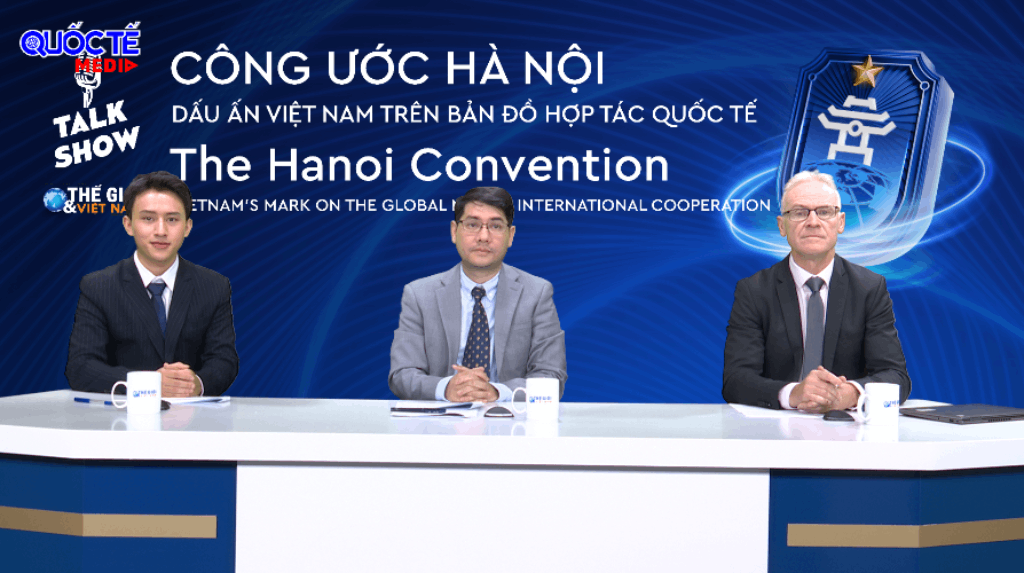
Foreign exchange rate to stay under control despite US tariffs
Latest
 |
| Headquarters of the State Bank of Vietnam (SBV) in Hanoi. (Photo sbv.gov.vn) |
The US dollar supply and the foreign exchange rate in the domestic market might be under pressure due to the US’s 46% reciprocal tax imposition on Vietnam’s export goods, but the State Bank of Vietnam (SBV) is still able to control it thanks to monetary policy tools, experts have believed.
Pham Luu Hung, Director of the Saigon Securities Company (SSI)’s research division, expects that the pressure to adjust the exchange rate in the short term may not be too strong as the Vietnamese dong had been depreciating against the US dollar for a long time, creating a certain buffer.
“The exchange rate is still a factor that needs to be closely monitored, but the SBV is still able to control it in the short term thanks to existing policy tools,” Hung said.
The SBV still has room to operate monetary policy. Specifically, it can reduce interest rates and control money supply to stabilise exchange rates and inflation, he added.
Meanwhile, Tran Hoang Son, Director of the VPBank Securities Joint Stock Company (VPBankS)’s market strategy division, said under the tax imposition context, the USD/VNd exchange rate could increase by 3-5% in 2025 if the SBV intervenes by selling foreign exchange reserves. The SBV should manage the foreign exchange rate more flexibly to stabilise the forex market.
Regarding credit, Hung also believed that even if exports could be heavily impacted over the short term, the SBV's credit growth target of more than 16% this year is still achievable, as the growth momentum will come from the domestic market.
Hung forecast that once the domestic sector grows strongly, banks will seek opportunities to boost lending even more. For example, previously, infrastructure lending was classified as a risky sector because of the long payback period, banks faced the risk of imbalance in term structure.
However, the Government is currently promoting infrastructure investment so procedures related to public investment are shortened. Therefore, banks are also promoting infrastructure lending as developers of infrastructure projects can recover investment capital faster to repay banks.
According to experts, to minimise exchange rate risks, the SBV should manage the rate flexibly, but not fix or anchor it because Vietnam's economy is deeply integrating towards it becoming a market economy, which requires flexibility.
Meanwhile, as for businesses the advice for them at this time is to manage cash flow closely and use tools reasonably to prevent exchange rate risks to optimise business and investment activities.




















